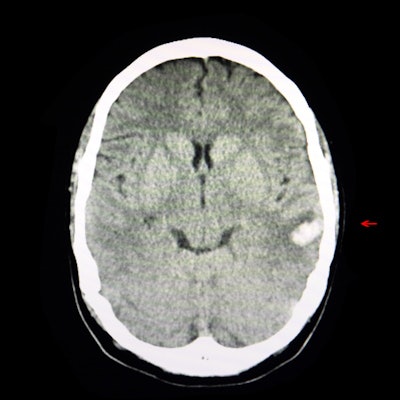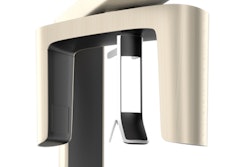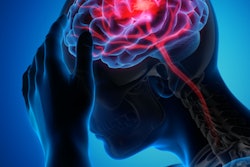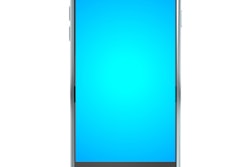
Is it necessary for patients with acute ischemic stroke to undergo both CT and MRI exams? Perhaps not, a study published July 21 in JAMA Network Open suggests.
The use of MRI has increased from 28% to 66% in stroke patients between 1999 and 2008, but whether this additional uptake has added value to stroke evaluation isn't clear. If MRI truly isn't necessary for stroke evaluation, eliminating it could lead to a reduction in unnecessary imaging, wrote a team led by Dr. Heitor Frade of the University of Texas Medical Branch at Galveston.
"[Few] data are available about the association between additional MRI and clinical outcomes after stroke to address this increase in use," the group noted.
Patients presenting with acute ischemic stroke often undergo MRI as well as CT, with commonly cited reasons including "classifying etiologic subtype, estimating the extent of injury, providing imaging biomarkers for prognostication, and estimating early stroke recurrence risk," Frade and colleagues wrote.
But is MRI really necessary? Frade and colleagues sought to explore whether imaging stroke patients with CT alone could be just as effective as adding an MRI exam into the mix via a study that included 246 patients, 123 of whom also underwent MRI and 123 control subjects who did not. The authors tracked patients' clinical outcomes at discharge (dependence -- that is, need for assistance with daily living tasks -- or death) and one year after (additional strokes or death).
The group found that rates of dependence or death at hospital discharge, additional stroke or death one year after admission, and death during hospitalization were actually higher for patients who got MRI in addition to CT versus those who only got CT. While the difference was not statistically significant, the findings met the criterion to show that CT alone was noninferior to CT and MRI.
| Impact of imaging protocols on clinical outcomes of stroke patients | ||
| Outcome | CT plus MRI | CT alone |
| Dependence or death at hospital discharge | 48% | 42.3% |
| Stroke or death at 1 year postadmission | 19.5% | 12.5% |
| Death during hospitalization | 5.7% | 3.3% |
"We found that a diagnostic imaging strategy of initial CT alone was noninferior to initial CT with additional MRI with regard to clinical outcomes at discharge and at one year," the team wrote. "The value of MRI added to CT in patients such as these should not be presumed."
In an accompanying commentary, Dr. Michael Teitcher and Dr. Jose Biller, both of Loyola University Stritch School of Medicine in Maywood, IL, underscored this conclusion.
"Given the pervasiveness of routine MRI in addition to CT in clinical stroke practice, the implications of [this study] are substantial," they wrote. "As stewards of healthcare resources, clinicians should be asking whether the additional information provided by diagnostic tests meaningfully affects patient outcomes."
A second commentary written by Bruce Campbell, PhD, of Royal Melbourne Hospital in Australia stressed the need to carefully assess whether additional imaging for stroke patients -- specifically MRI -- is really indicated.
"Stroke is a clinically complex area, and it is important to consider whether there is a specific clinical question that a test will address before ordering any investigation," he noted. "In the case of MRI after stroke, it may be to confirm the diagnosis, clarify stroke localization ... provide hints of stroke causes ... or assess prognosis. Asking any of these valid clinical questions may help improve clinical care by targeting subsequent therapies most appropriately."





















